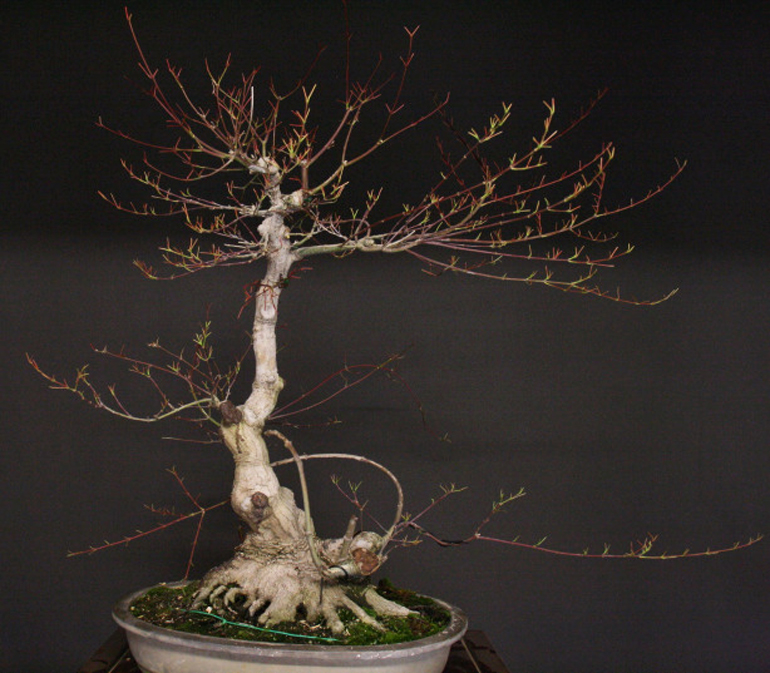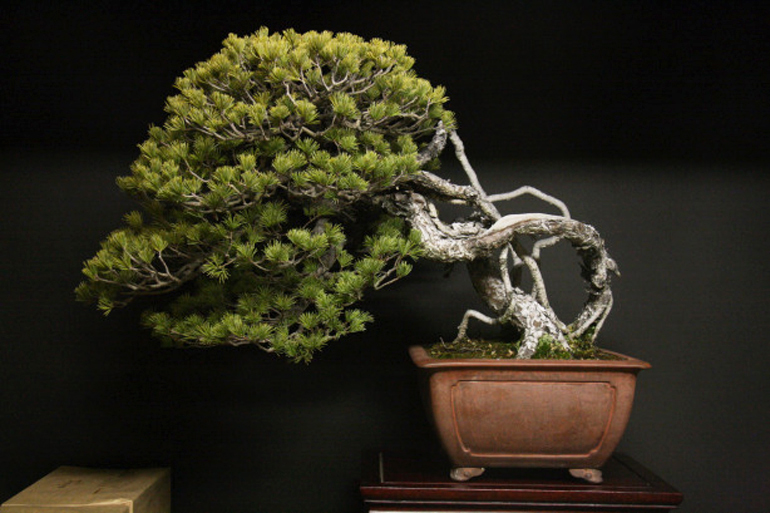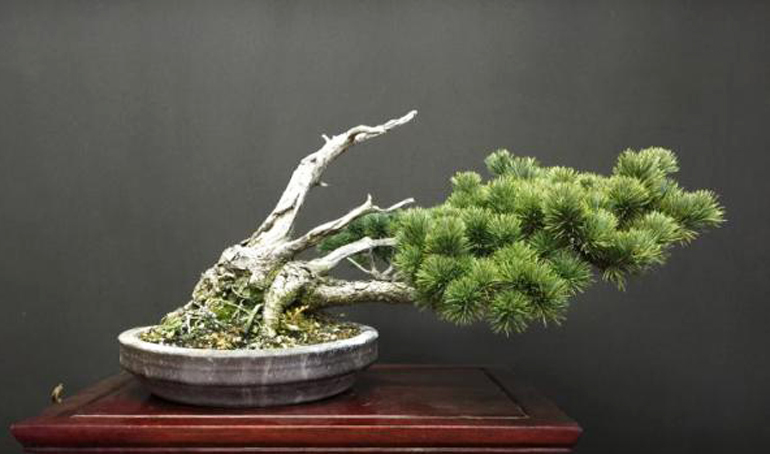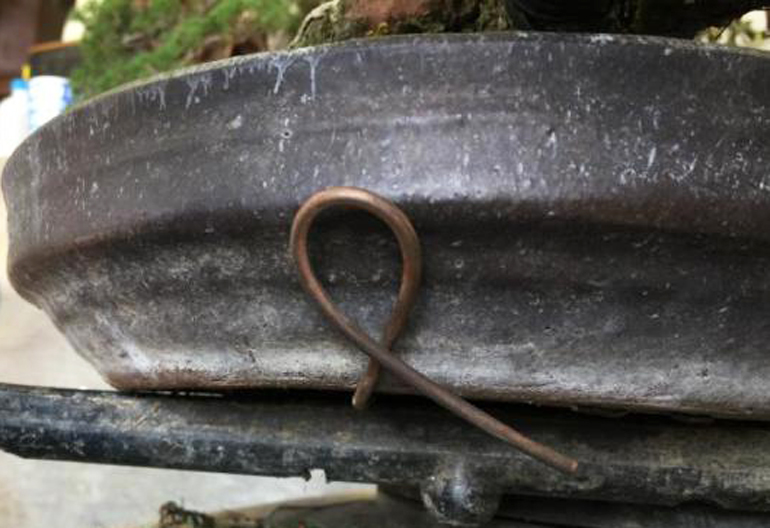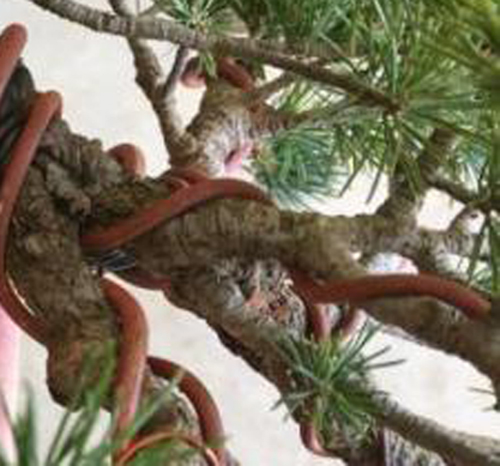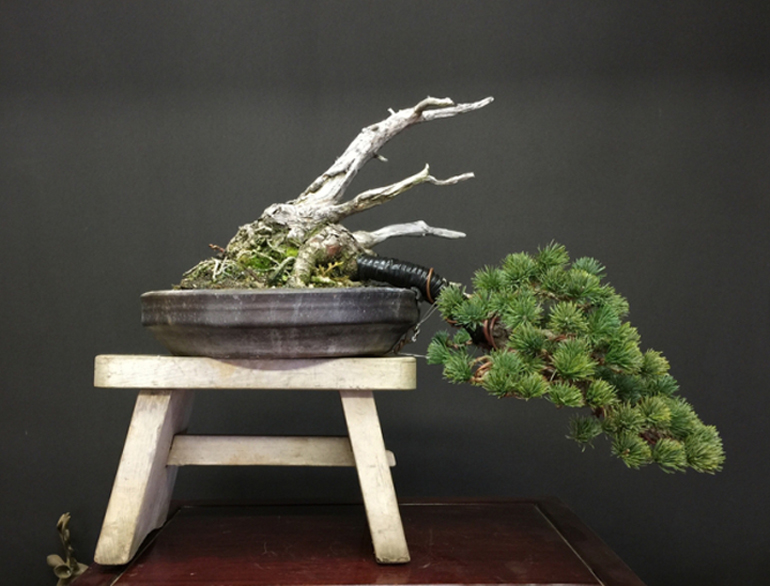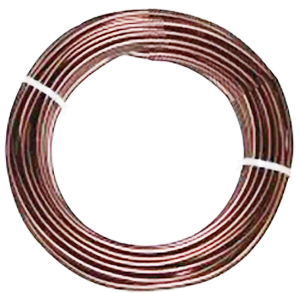
I took this photo with my phone so I'll apologize in advance by saying you can find superior photos elsewhere (and here later). I don't remember who the artist is and I won't bother to guess the variety (I'll attribute as soon as I get things sorted out). This tree belongs to Doug Paul. It's a Douglas fir.
The Artisans Cup off the top and sleep deprived…
So many powerful jaw dropping bonsai, people packed slowly moving through dark and luminous corridors, the best of North American trees, western yamadori telling stories of hardship and high mountain winds, Ryan greeting, hugging, thanking everyone single one of us we file in, primal drumbeats (an earth shaking beginning), embarrassed names forgotten & remembered, so many trees like faces also forgotten and remembered, and again there’s that that lighting, bark, trunks, leaves, bonsai misidentified and corrected while leading and misleading neophyte friends though impromptu tours, the wonders of shockingly friendly Portland (we easterners tend to play it a little closer the the vest), a little but not enough needed rain, a long bus trip to the peaceful outdoor Pacific Bonsai Museum with friendly volunteers leading tours… exhaustion and pure joy.
Today, there will be another couple rounds with more neophyte friends and finally, a long slow stroll through the vendor’s tents. Tomorrow back to SF. Wednesday SF to Boston, Boston to Vermont.
My apologies for the lack of links and other important info. I’m late for a breakfast meeting. More to follow…
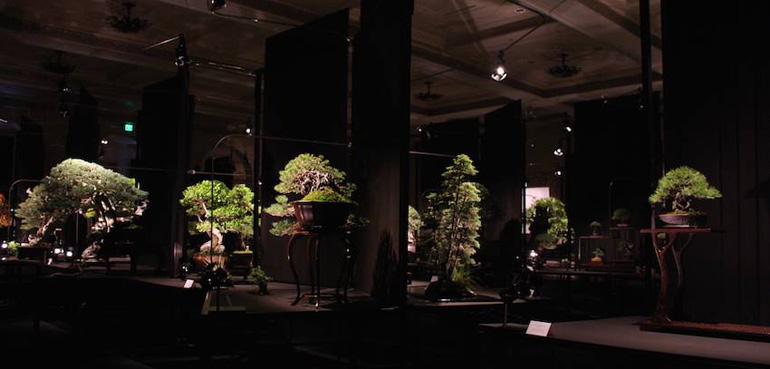
Borrowed this glimpse of a section of the show from Oscar (Bonsai Empire).
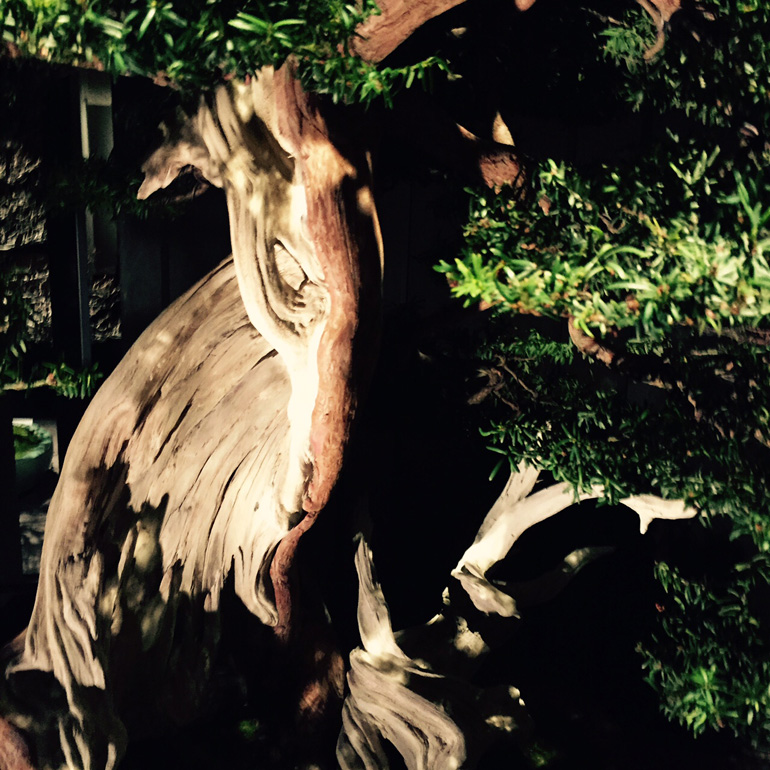
Closeup with my phone. I think it's a Yew. More later.
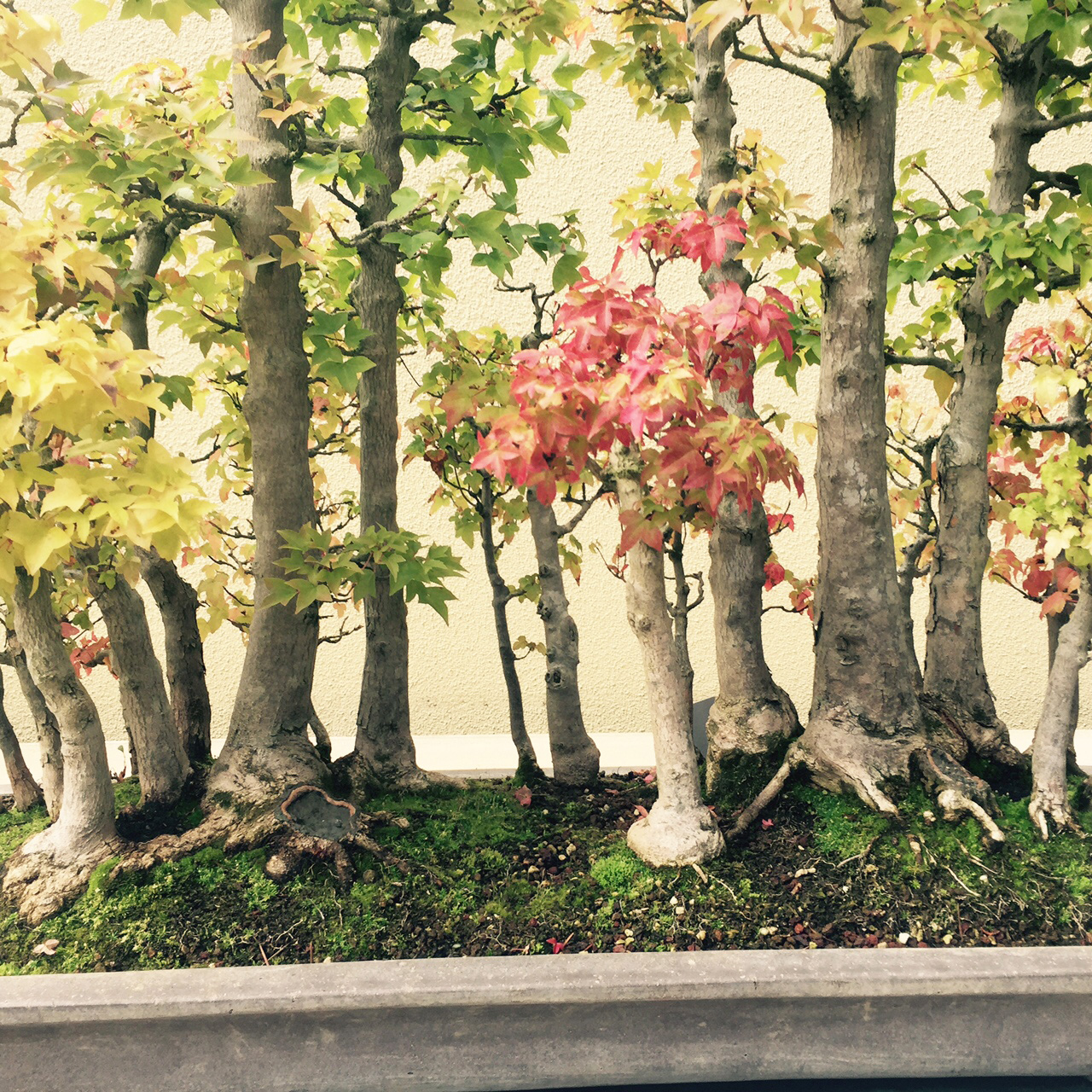
Close up of a Trident forest at the Pacific Bonsai Museum. More on this later.

Back to the Cup. I borrowed this photo from Scott Lee. More later.
Again, my apologies for the lack of links and other important info. I’m late for a breakfast meeting. More to follow…
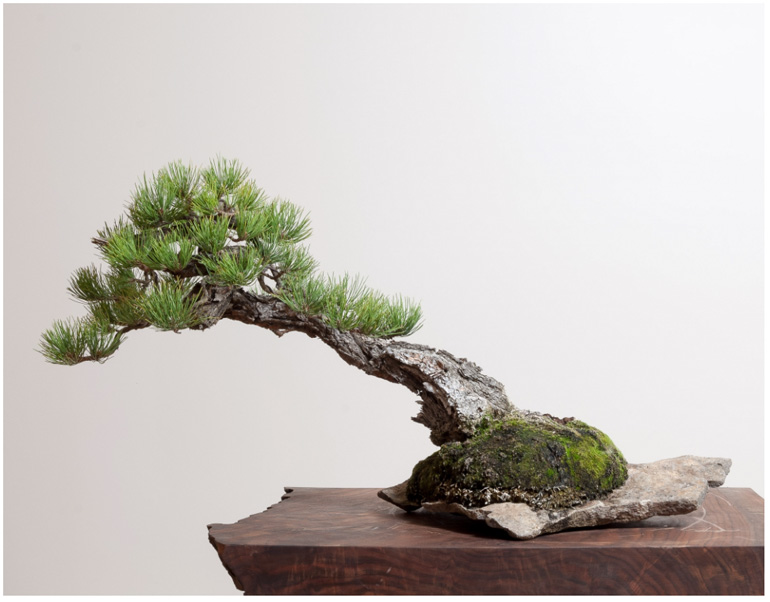

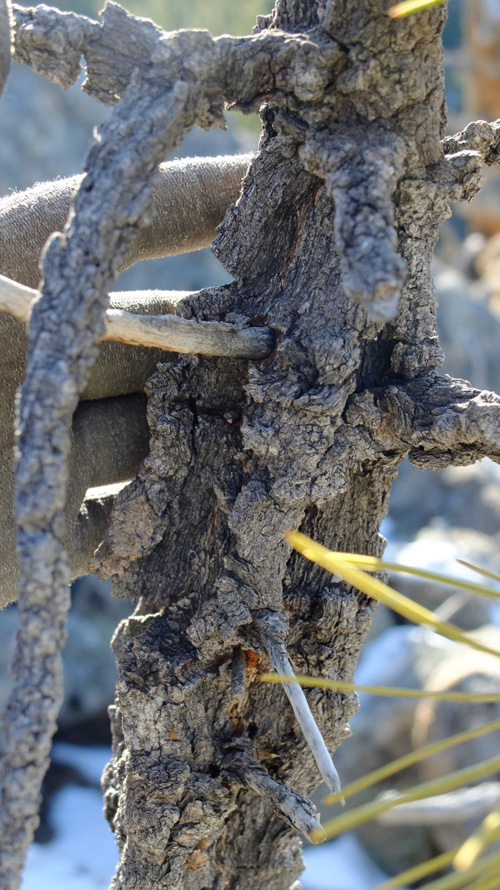
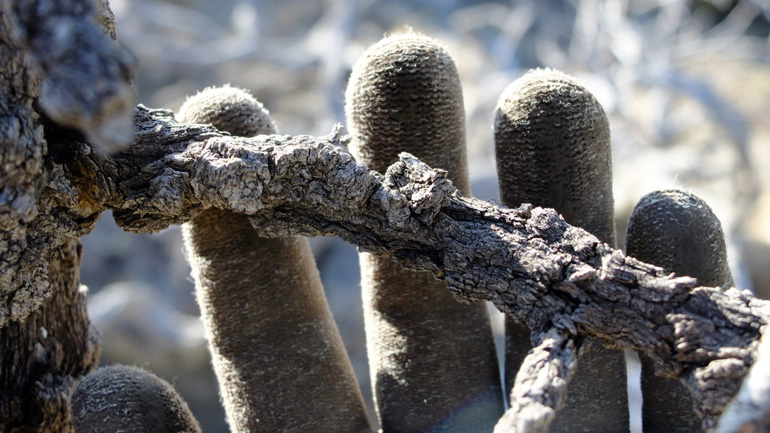 Even this small branch shows corking.
Even this small branch shows corking.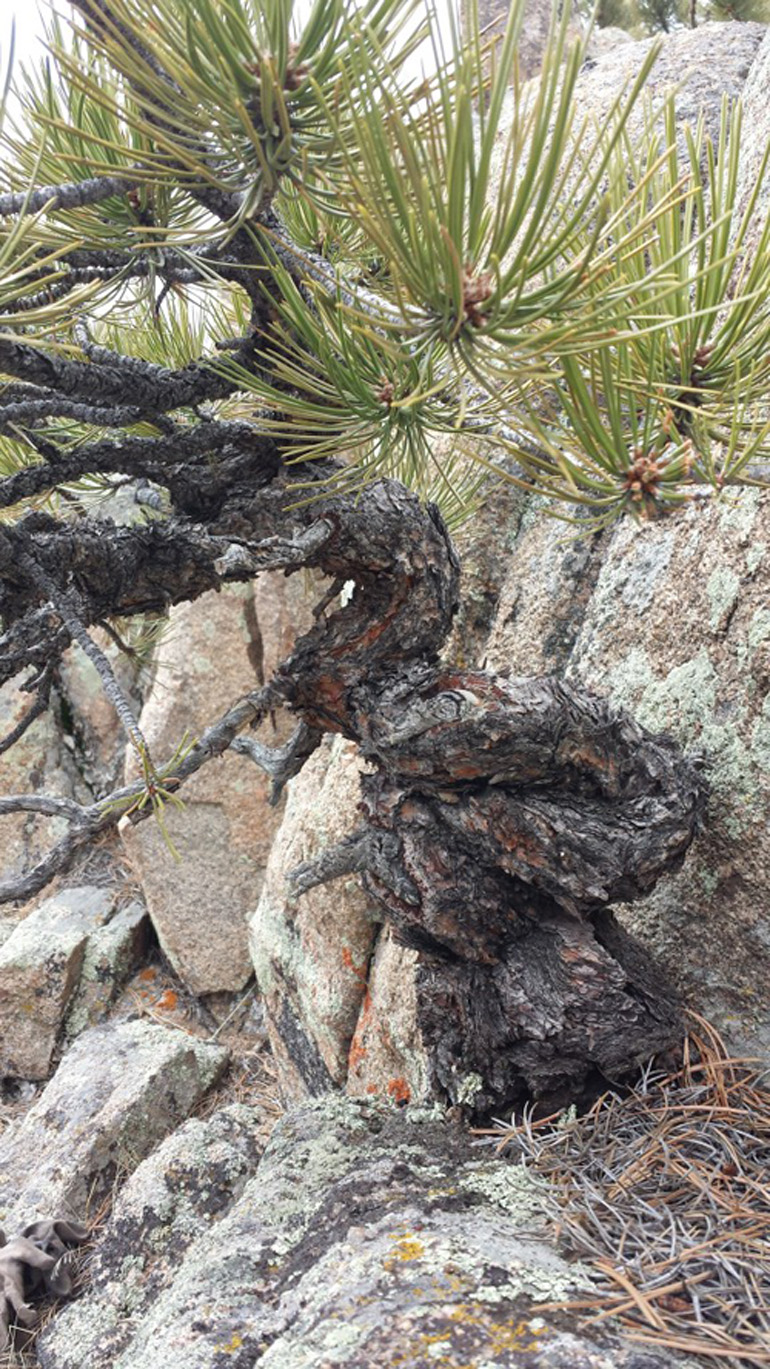

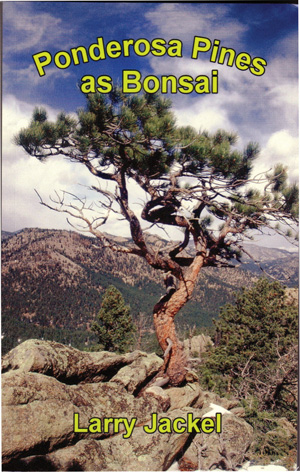




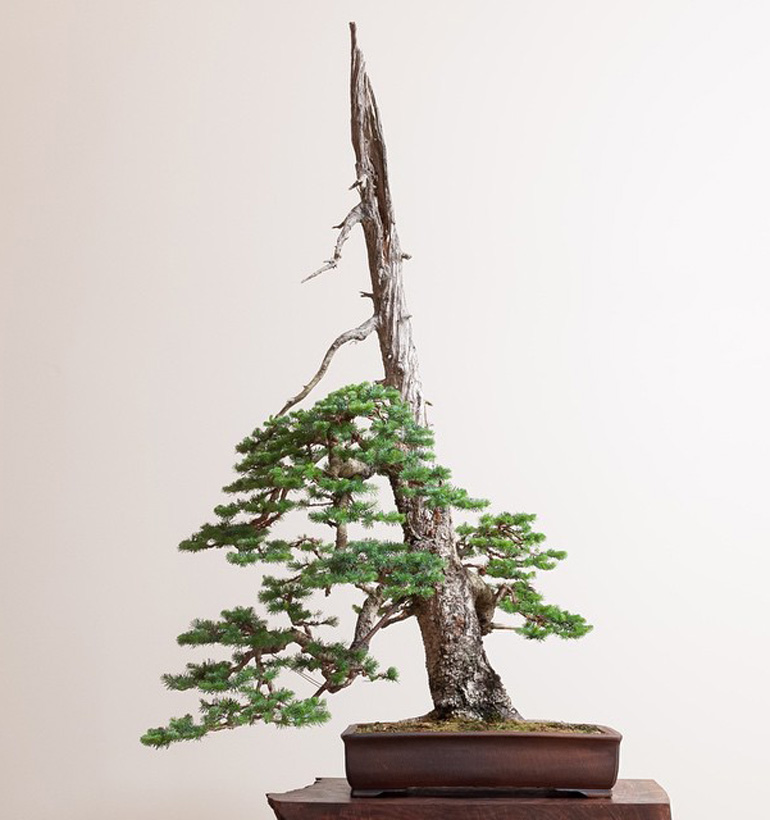
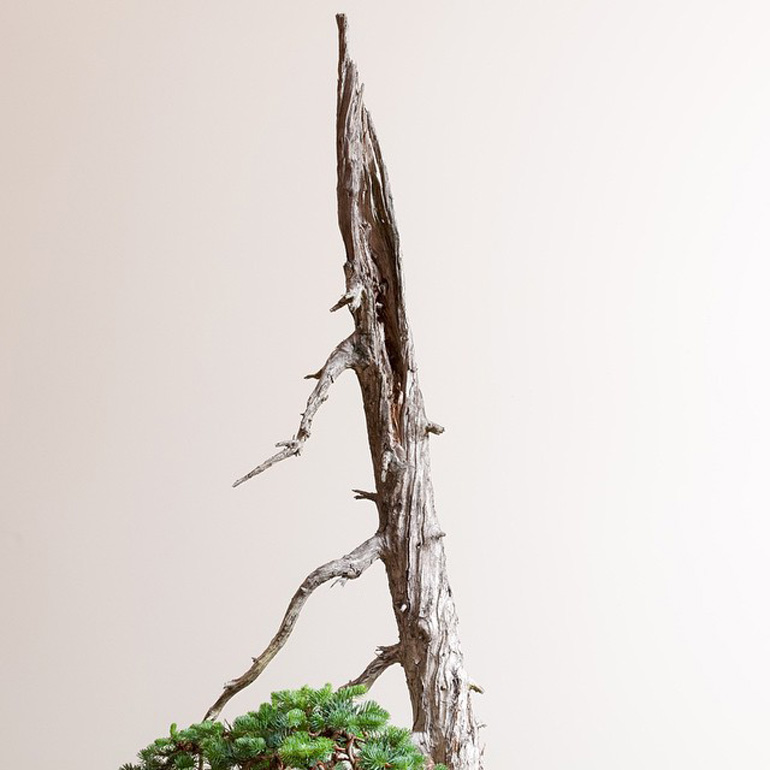
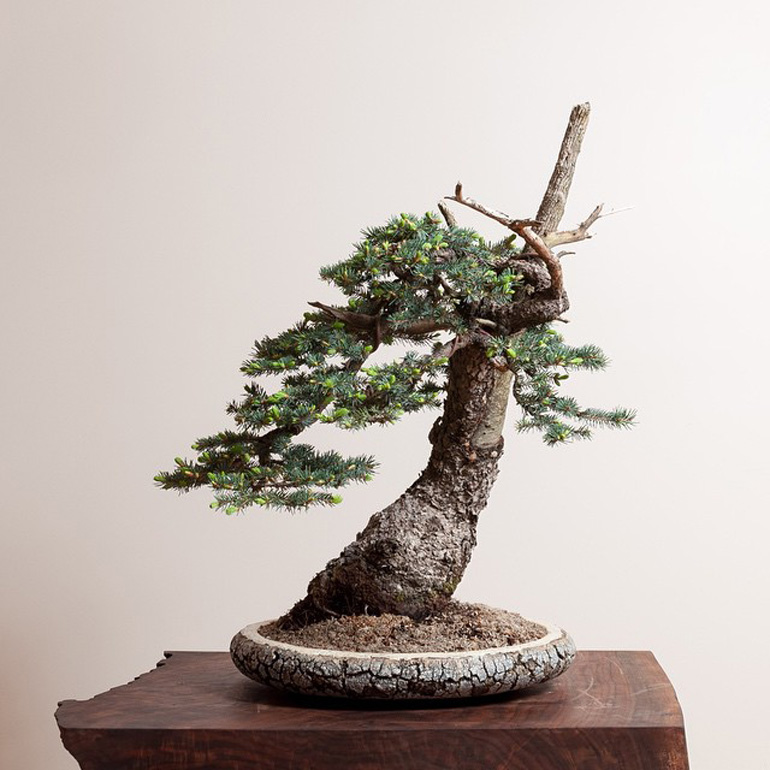
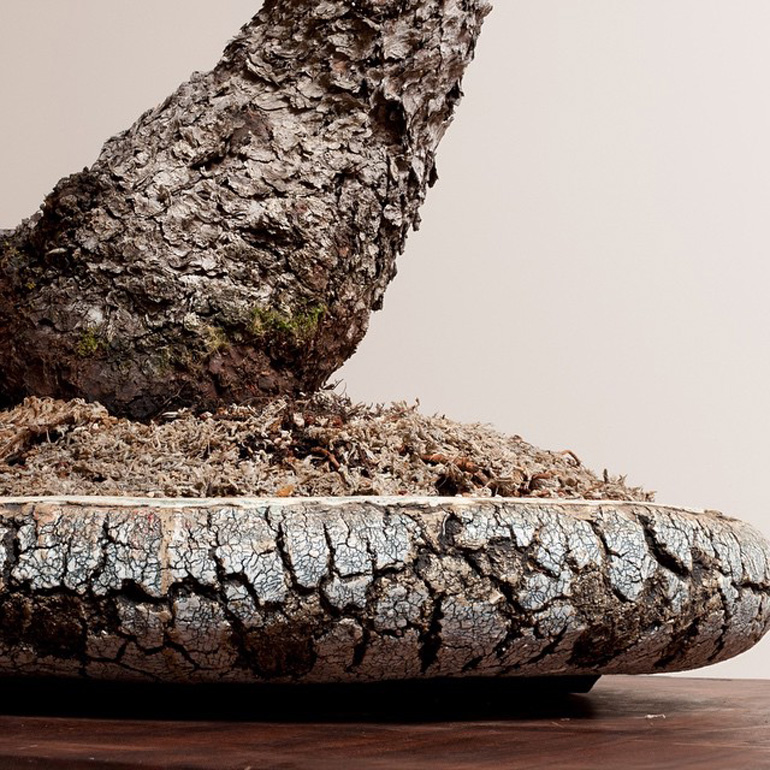

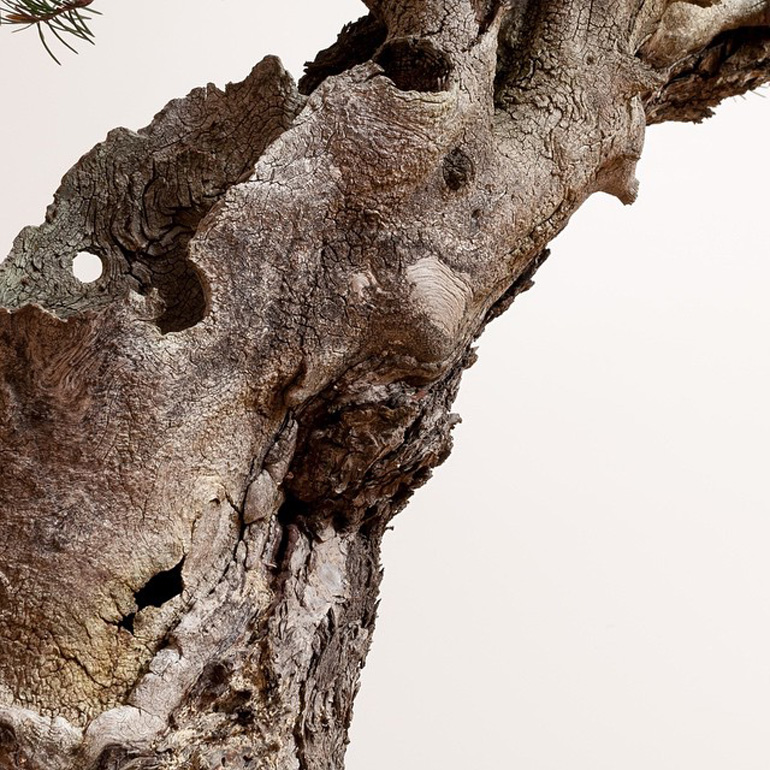



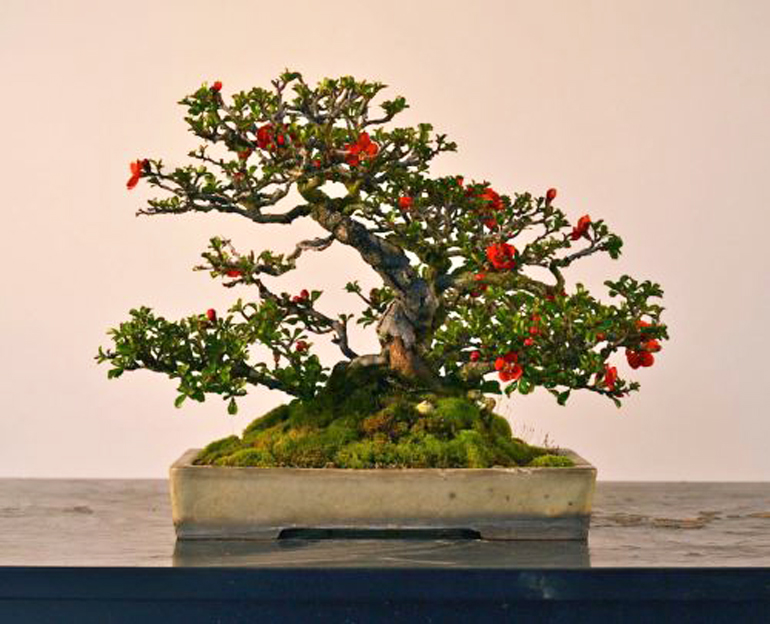
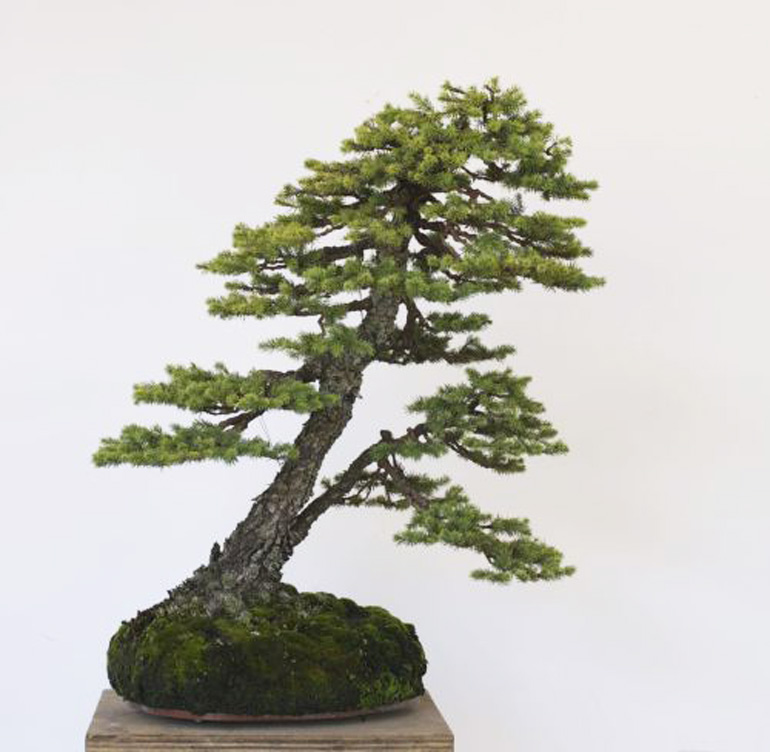
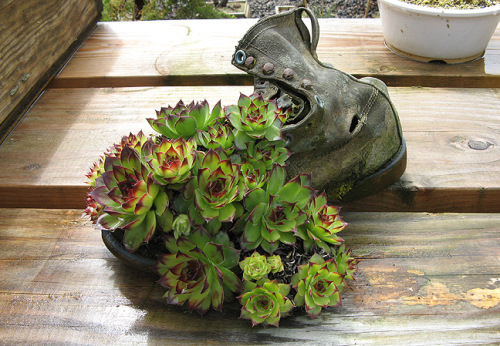 Michael’s boot. Here’s his caption: “And this one is not really an accent although I have it out there between the bonsai along with the other accents. I could tell some story like ‘Well, the boot never did fit.’ But actually I bought it at an estate sale.”
Michael’s boot. Here’s his caption: “And this one is not really an accent although I have it out there between the bonsai along with the other accents. I could tell some story like ‘Well, the boot never did fit.’ But actually I bought it at an estate sale.”


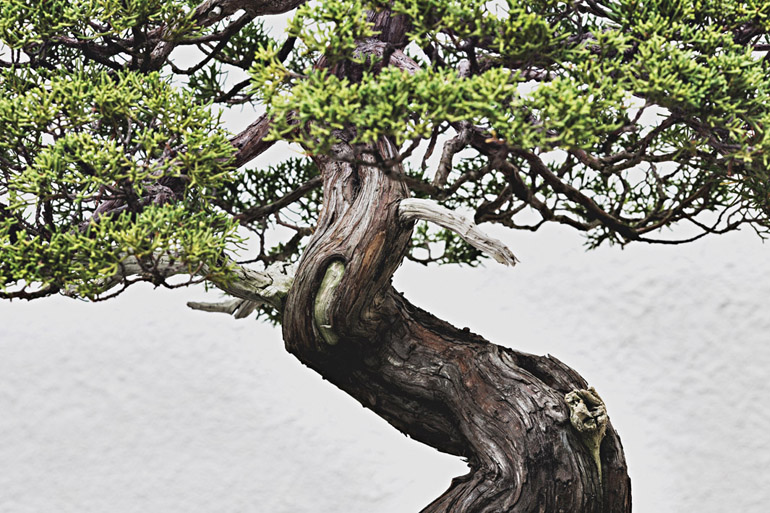
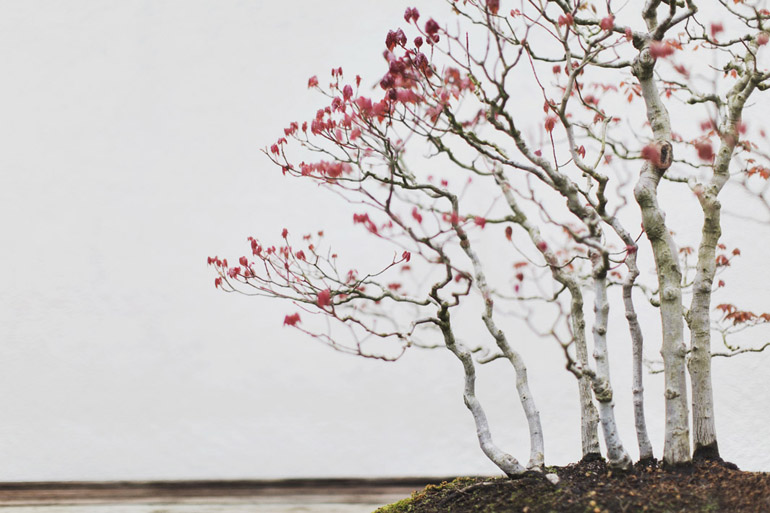
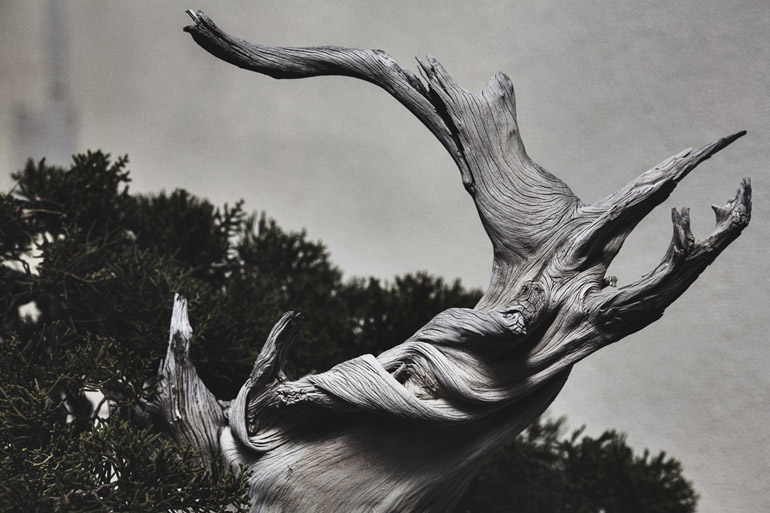

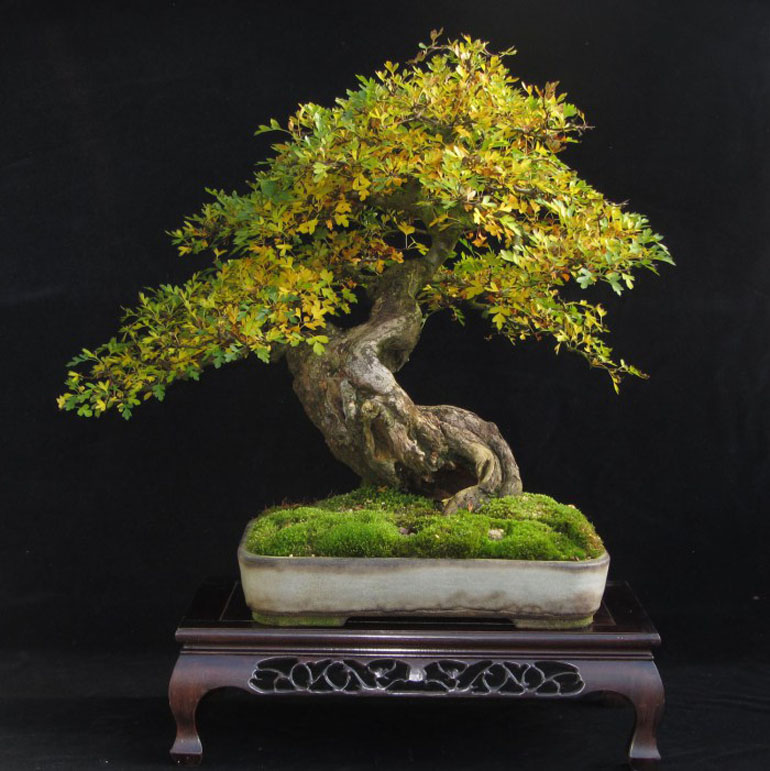
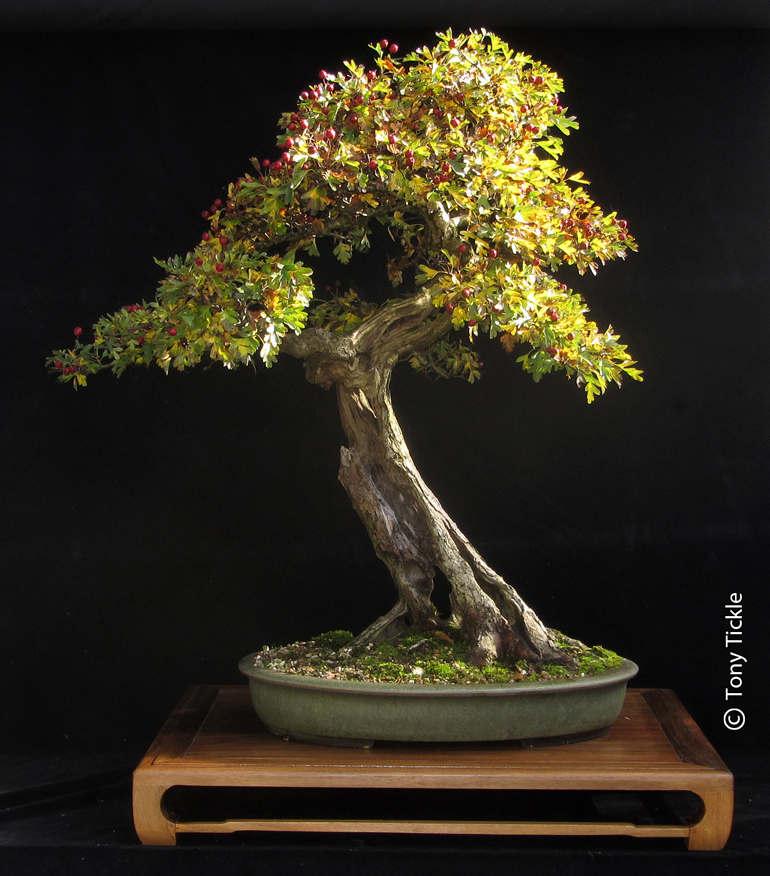 'Tall Guy.' Ha!
'Tall Guy.' Ha!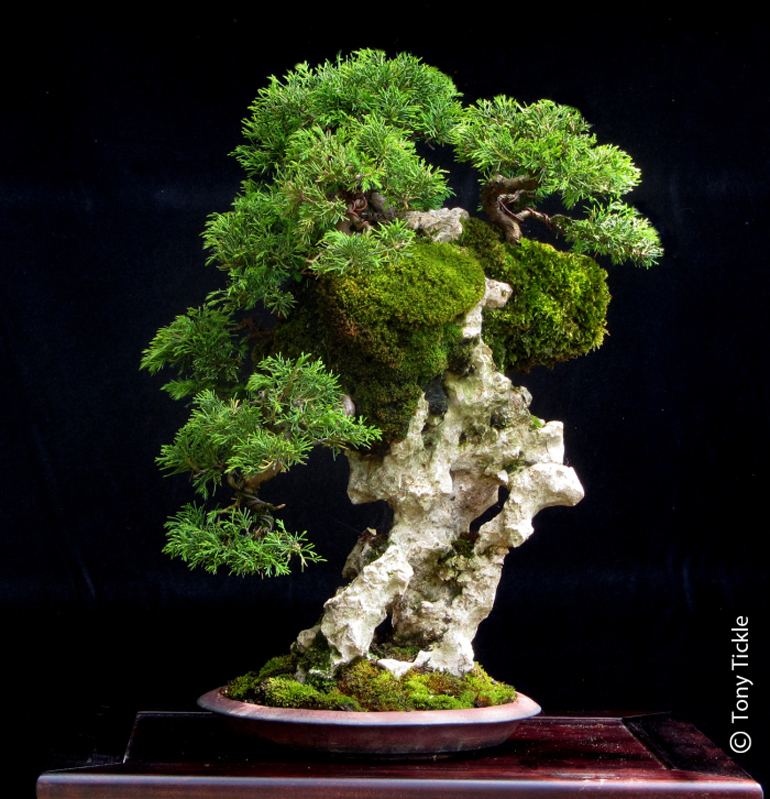
 "First yew with Dan." We'll leave this to your imagination
"First yew with Dan." We'll leave this to your imagination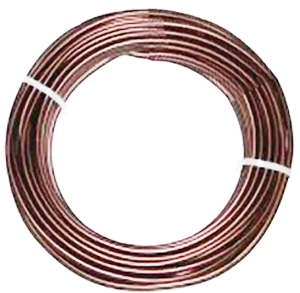
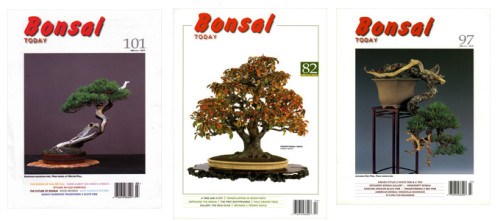
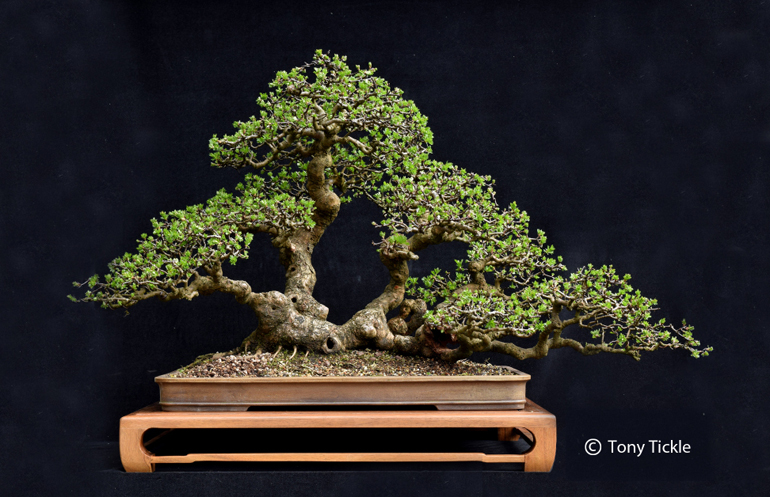 This raft style bonsai belongs to
This raft style bonsai belongs to 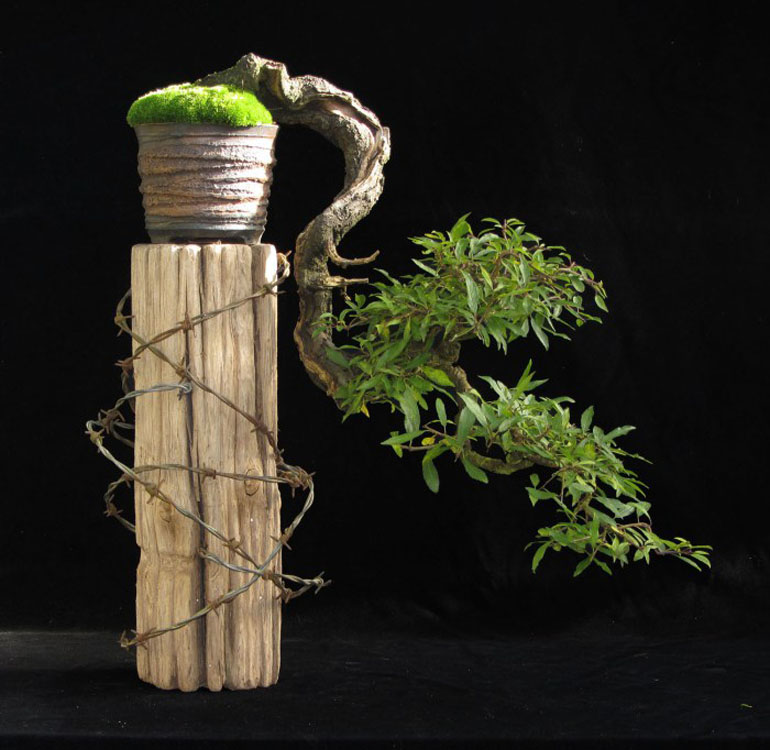
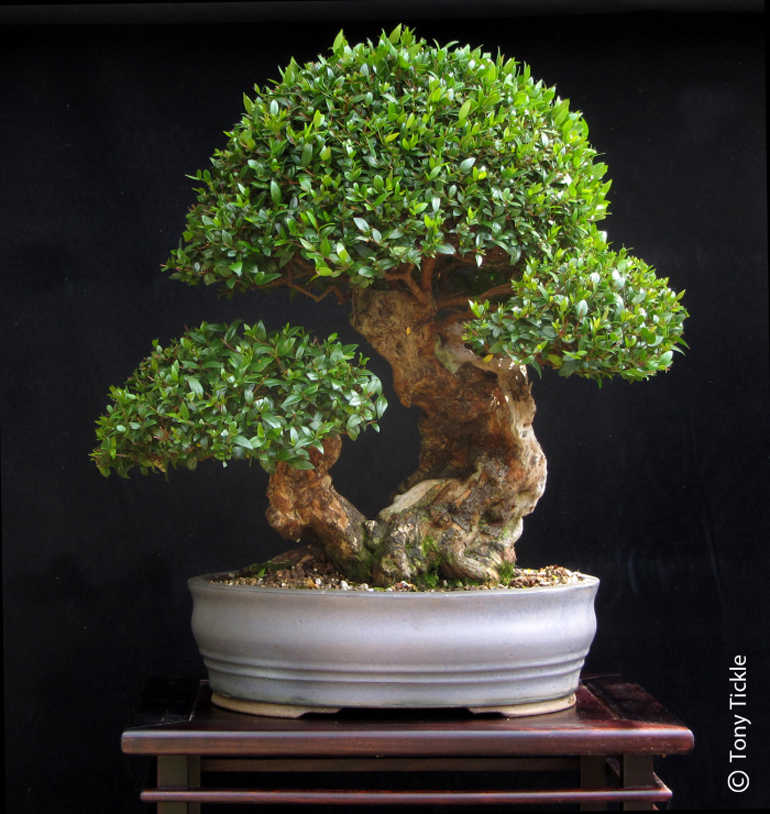 The perfectly rounded foliage masses on this Myrtle accentuate the rounded trunk while providing a sharp contrast to it's wild origins. And then there's the way the round smooth pot (with it's unusual color) mirrors the rounded foliage and trunk. Another of Tony's unique bonsai.
The perfectly rounded foliage masses on this Myrtle accentuate the rounded trunk while providing a sharp contrast to it's wild origins. And then there's the way the round smooth pot (with it's unusual color) mirrors the rounded foliage and trunk. Another of Tony's unique bonsai.
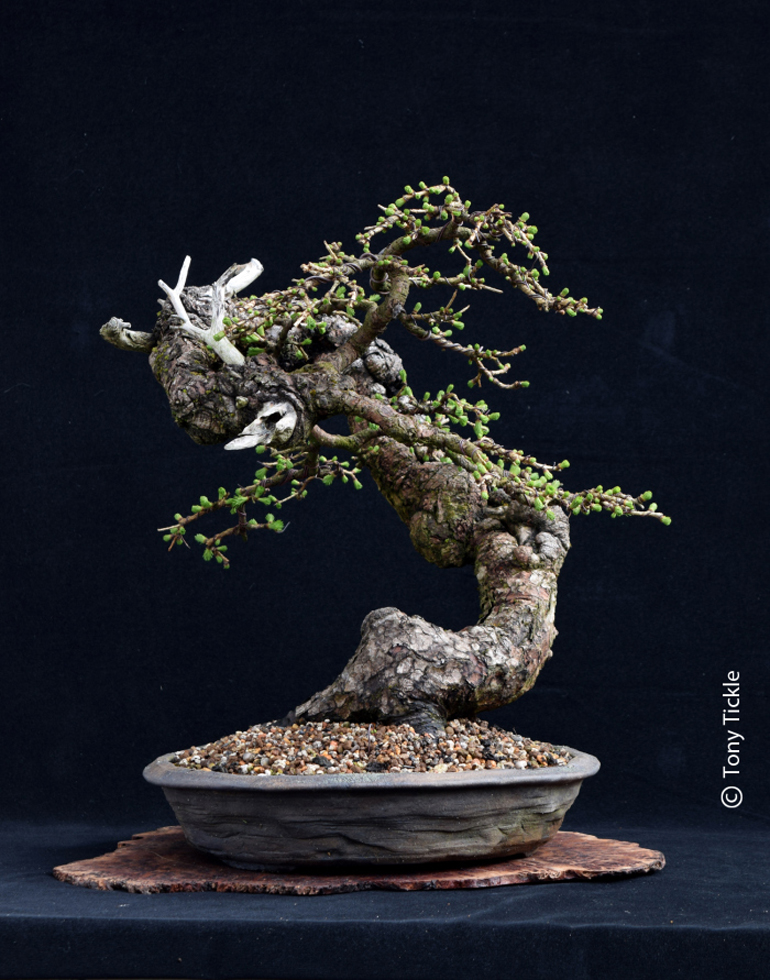 This larch is labeled with just the genus Larix, no species given, but for the same reasons as above, I'm going with European larch. No matter, this is a wonderful yamadori, wild and just a little tamed at the same time, with an undeniably perfect pot.
This larch is labeled with just the genus Larix, no species given, but for the same reasons as above, I'm going with European larch. No matter, this is a wonderful yamadori, wild and just a little tamed at the same time, with an undeniably perfect pot.
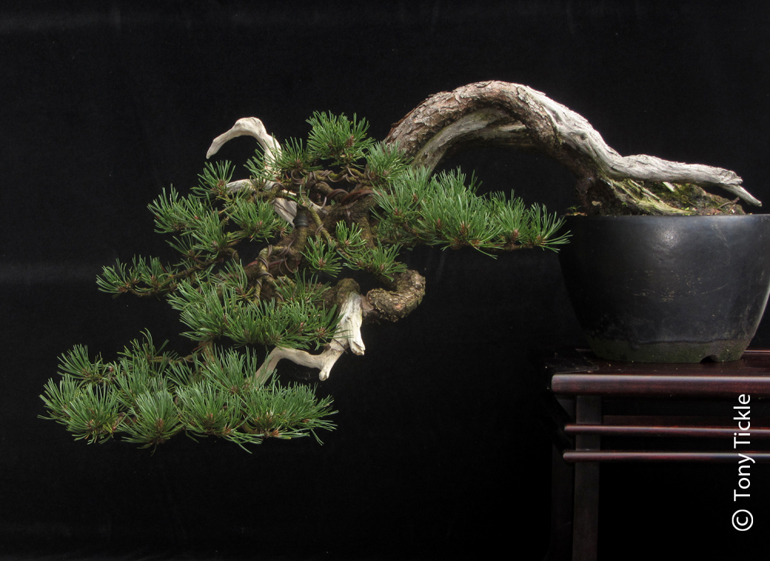 Cascading Mugo pine. If I'm not mistaken, many, if not most, yamadori Mugos are collected in the Alps.
Cascading Mugo pine. If I'm not mistaken, many, if not most, yamadori Mugos are collected in the Alps.
 Tony calls this 'Teahouse Kusamono.' Is the little teahouse an incense burner?
Tony calls this 'Teahouse Kusamono.' Is the little teahouse an incense burner?
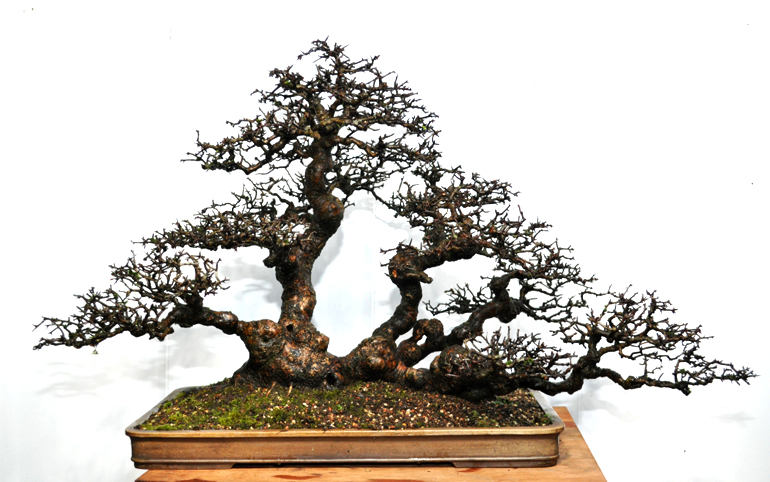 Here's that raft from above. This time without foliage. Further proof that it's a larch?
Here's that raft from above. This time without foliage. Further proof that it's a larch? 
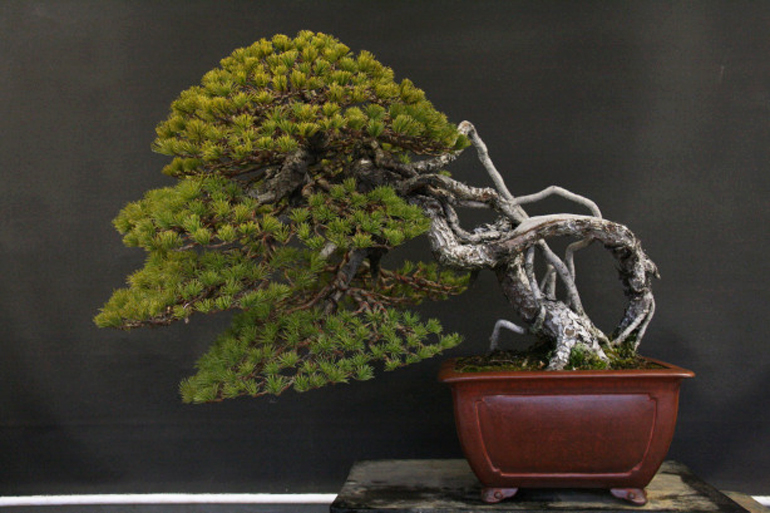
 A Japanese mountain maple (Yamamomiji). The parent tree leaves are too large and the internodes are too far apart. The smaller leaves are Siegen (a Japanese maple cultivar) from grafts that were done earlier and have already taken.
A Japanese mountain maple (Yamamomiji). The parent tree leaves are too large and the internodes are too far apart. The smaller leaves are Siegen (a Japanese maple cultivar) from grafts that were done earlier and have already taken.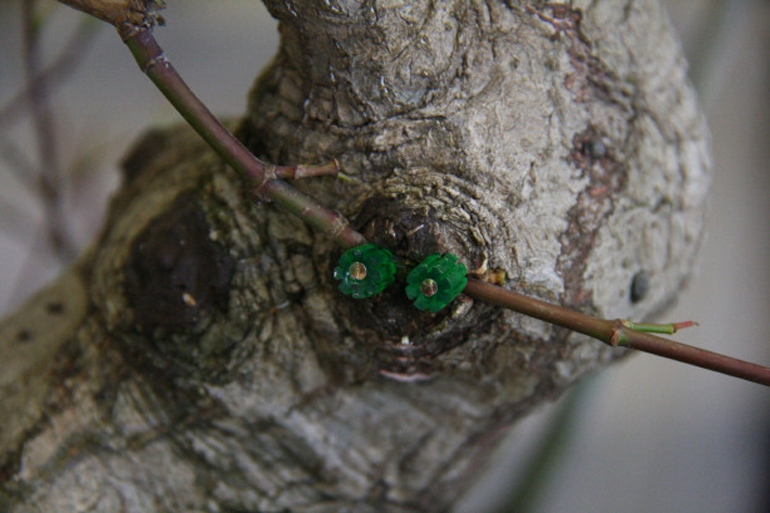 An approach graft is in place. John defoliated the whole tree before grafting.
An approach graft is in place. John defoliated the whole tree before grafting.